
Sohail
Leave a Reply Cancel reply
SUBSCRIBE NEWSLETTER
Get our latest news straight into your inbox
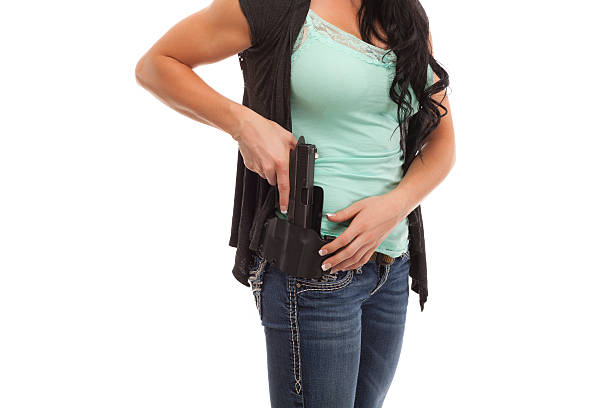
Please accept the terms of our newsletter.
Please input your email address.
That email is already subscribed.
Your address has been added.
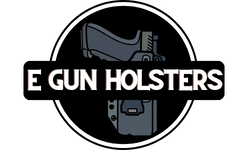

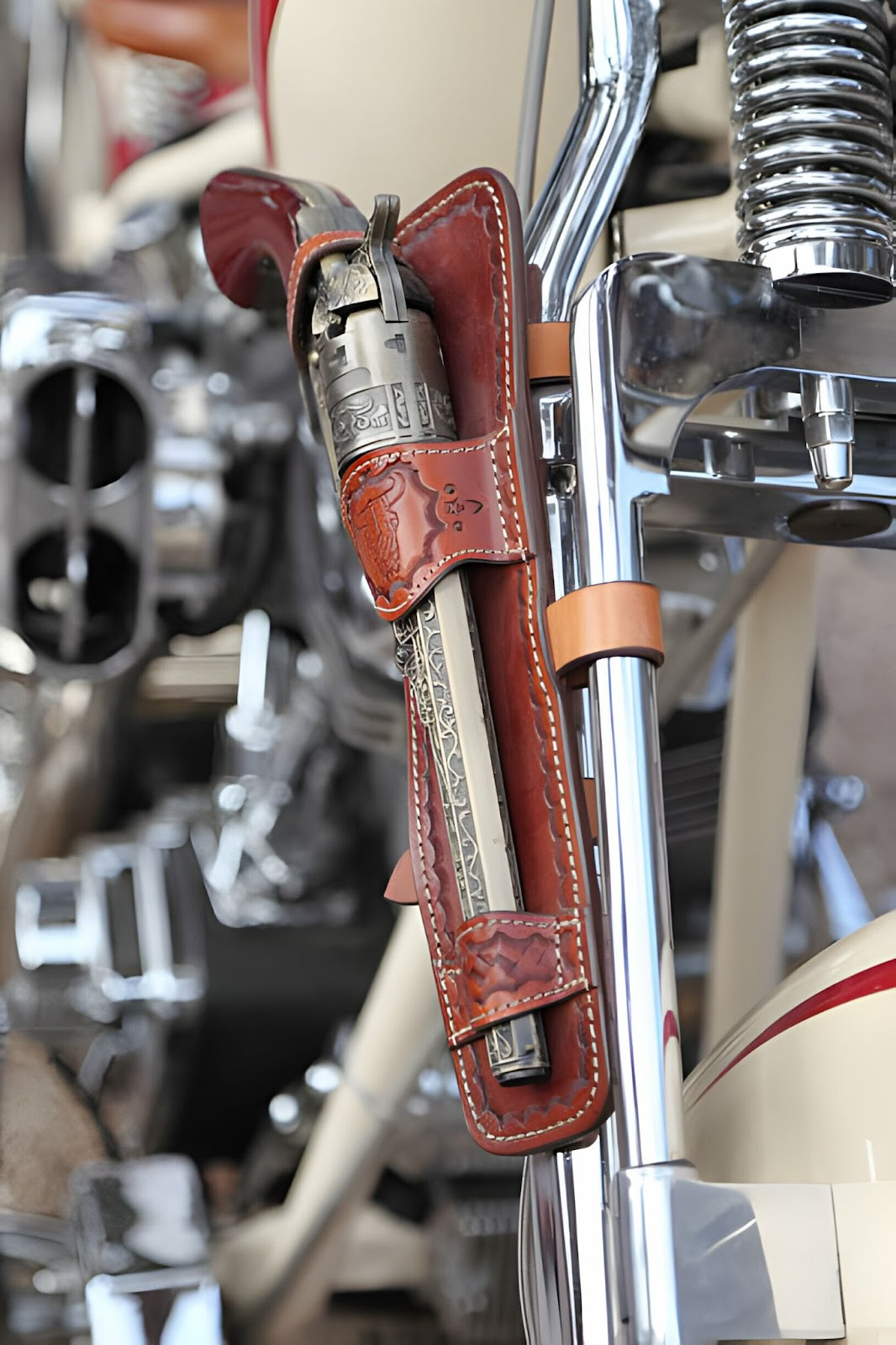

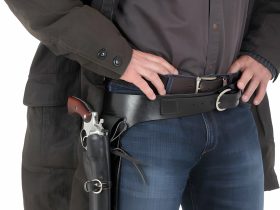


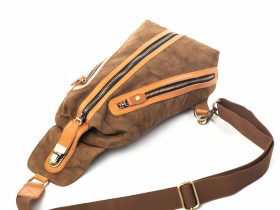
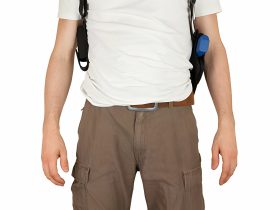
Leave a Reply